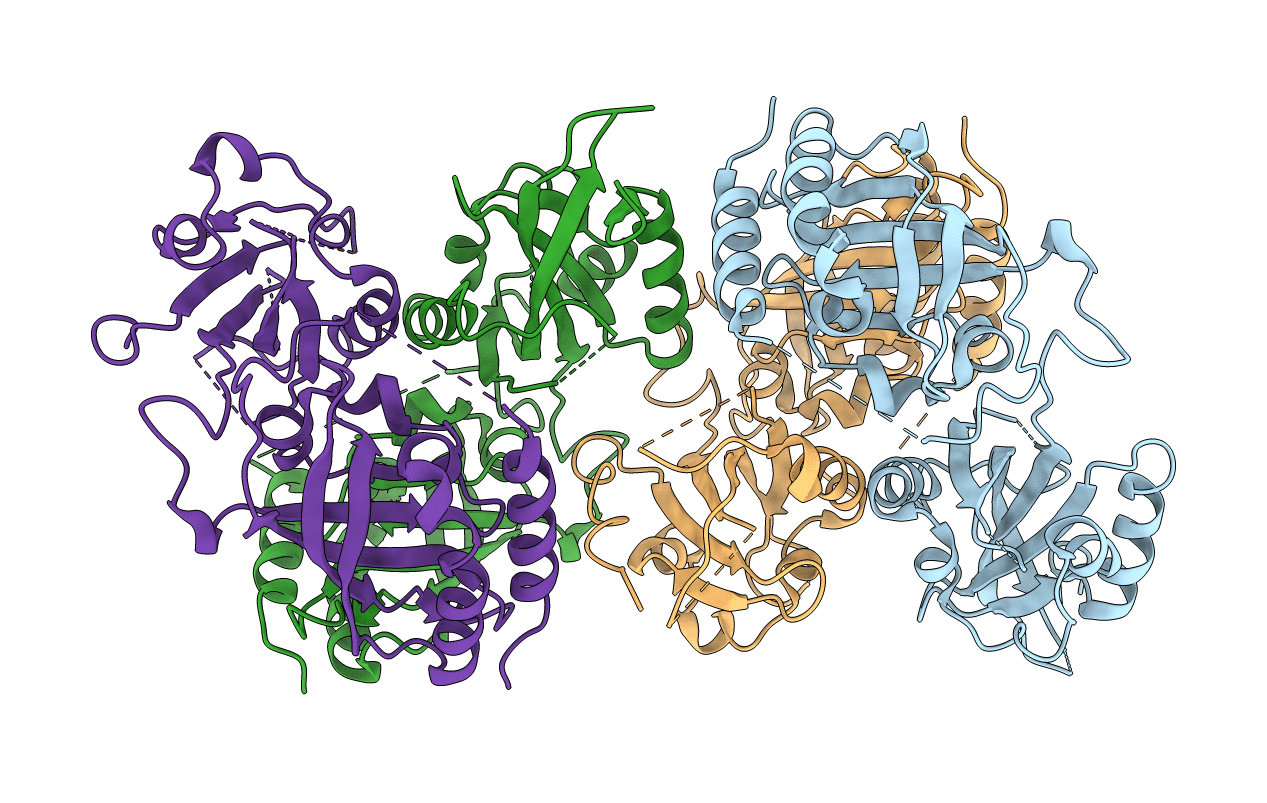
Deposition Date
2012-02-01
Release Date
2012-02-29
Last Version Date
2024-02-28
Entry Detail
PDB ID:
4DJ2
Keywords:
Title:
Unwinding the Differences of the Mammalian PERIOD Clock Proteins from Crystal Structure to Cellular Function
Biological Source:
Source Organism:
Mus musculus (Taxon ID: 10090)
Host Organism:
Method Details:
Experimental Method:
Resolution:
2.75 Å
R-Value Free:
0.28
R-Value Work:
0.20
R-Value Observed:
0.21
Space Group:
P 1 21 1


